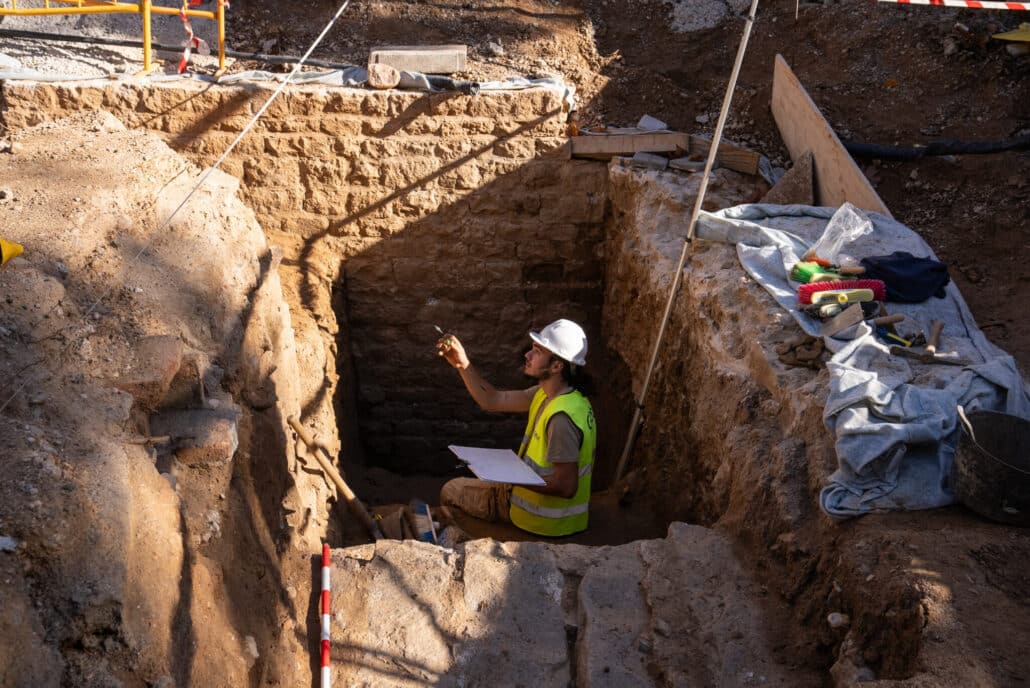The renovation work on Barcelona’s emblematic Rambla is uncovering fascinating fragments of the city’s history. are uncovering fascinating fragments of the city’s history. From medieval walls to 18th century hydraulic systems, these archaeological excavations offer a new perspective on the evolution of this iconic avenue.
 A Rambla that tells centuries of history
A Rambla that tells centuries of history
La Rambla, which began as a simple natural stream, has witnessed the urban transformation of Barcelona over the centuries. Recent excavations document this evolution, highlighting its role as a defensive center, educational space and modernization route. All this has been possible thanks to archaeological work carried out in segments to ensure the flow of people and services. Outstanding findings: from north to south
- Upper section near Plaza de Catalunya:
Walls of the old Estudi General of Barcelona, precursor of the University of Barcelona, have been found. This building, built in 1536 and later converted into military barracks after the Nueva Planta Decree, was demolished in 1843 to make way for the Isabel II gate. A section of the Raval wall, begun in the 14th century, which surrounded the current neighborhood of the same name, has also been identified. - Between Portaferrissa and Boqueria:
Excavations have revealed pillars of the former Royal Bronze Artillery Foundry, which defended the city in the 16th century. In addition, part of the north tower of the medieval portal of the Boqueria, an important defensive element during the 14th century, has been uncovered. - From Cardenal Casañas:
Three water collectors from the 18th century appeared, which were part of the infrastructure of the Rambla during its urbanization. These pipes, made of stone and ceramic, indicate how clean water was managed at that time. - Plaza del Teatre:
A section of medieval wall from the 14th century, designed to contain the streams and protect the city, was found. At this point, archaeologists have documented materials washed away by ancient floods, including remains of pottery and stones.
Archaeological Discoveries in the Pedralbes Monastery
Archaeology integrated into the urban project
The renovation of the Rambla not only seeks to modernize this space, but also to document its history. Archaeology is not an add-on, but a key part of the urbanization project. Although the work is carried out in segments due to the importance of maintaining the passage of emergency vehicles, the archaeological methodology is guaranteed in each discovery.
More than a reform, a window to the past
The findings not only expand our knowledge of Barcelona, but also underline the importance of preserving and valuing historical heritage in urban projects. La Rambla reaffirms itself as a space where past and present coexist, offering locals and visitors a unique experience of living history.
14th Century Angel Fountain discovered in Via Laietana construction site
This process, although complex, highlights the city’s ability to adapt to modern times without forgetting its roots. The work will continue, and with it, possibly, will come new discoveries that will continue to enrich the historical narrative of Barcelona.


 A Rambla that tells centuries of history
A Rambla that tells centuries of history
